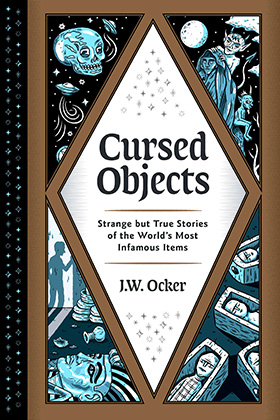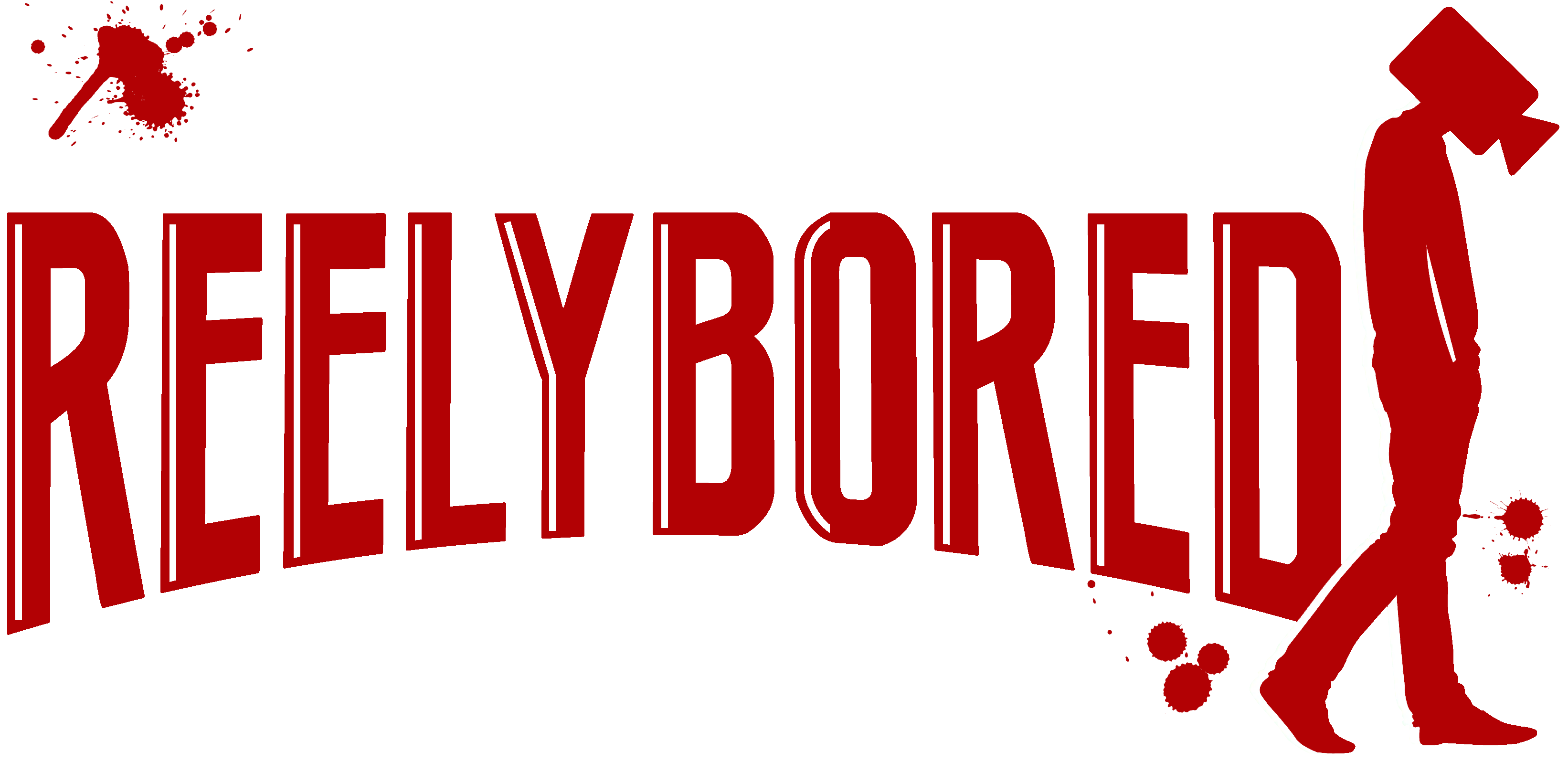
An illustrated compendium that reveals the true stories behind the most infamous, creepy, and bizarre real-life cursed objects throughout history. Spanning decades and continents, subjects range from the opulent Hope Diamond to the humble Busy Stoop chair.
They’re lurking in museums, graveyards, and private homes around the world. Their stories have inspired countless horror movies, reality TV shows, campfire tales, books, and even chain emails. They’re cursed objects, and in order to unleash a wave of misfortune, all they need…is you. As a culture, we can’t seem to get enough of cursed objects. But never before have the true stories of these infamous real-life items been compiled into a fascinating and chilling volume.
Paranormal Book Review: Cursed Objects
It’s not a stretch to suspect that items such as a hairdryer, a coffee mug, or even a family heirloom given to you by your grandmother on your wedding day could be cursed for those who believe. Sure, it can be haunted, but cursed?! Is there even a difference? Why, yes, there is.
As explained by Ocker in a Vice interview,
“Ghosts rarely harm, and for a cursed object to be a cursed object, it has to harm someone. I felt like I had to make that distinction to say that we’re not just talking about objects that are creepy because they’re usually not. They’re just chairs, lamps, and vases and stuff, but they also cause misfortune. It’s usually death, but also financial loss, strife, that kind of thing. If a haunted object does cause serial harm and it hurts more than one person, then it becomes a cursed object as well.”
Ocker came onto my radar after reading his phenomenal book, Twelve Nights at Rotter House, which I reviewed a few months ago. I figured I’d give Cursed Objects a read, being that I held Twelve Nights in high regard. If I’m honest, Cursed seemed like it would be a quick and easy read. In my eyes, Cursed Objects was already a winner even before I cracked open the book. Much to my demise, I may have jumped to that conclusion much too early.
Cursed Objects plays out like a series of YouTube videos in book format. Each chapter is dedicated to a particular curse accompanied by its history and a story (or stories) that lend credence to the said cursed object. These anecdotes, in my opinion, work better as videos as I found my attention waning on more than one occasion. However, Ocker was able to reel me back with his wit and humor. Still, it was not enough for me to consider this book a win.
While there is nothing groundbreaking in Cursed Objects, Ocker still shows his dedication and research into the objects. On the other hand, I was familiar with many of these alleged cursed objects and found myself skimming through a good portion of the book. The chapter on the dibbuk box in particular stood out. I read The Dibbuk Box by author and respected museum curator Jason Haxton several years ago and wrote a review that prompted the author to defend his narrative because I questioned the authenticity of his story in a personal email. He provided me with additional information, not in the book (due to legal reasons) which lent some credibility to the cursed box.
The other chapter that I enjoyed, albeit being familiar with this story, is that of Annabelle. I will admit that I was a bit perplexed with the inclusion of the doll because it was not cursed but, rather, possessed, if you believe in that sort of thing. Still, the story of Annabelle holds a piece of nostalgia in my heart as I can remember reading about the possessed doll in my teenage years. I followed demonologists Ed and Lorraine Warren closely and hung on their every word. I was fascinated with their tales of ghosts and demons. Oh, the naivety!
In conclusion, Cursed Objects is still an interesting and informative read. Fans of the paranormal and supernatural will find Ocker’s research and informative writing intriguing. The writing style does not shout of academia but rather a casual form of writing that is not meant to bore but, rather, to keep one engaged. I would have also preferred that real photos of some of the alleged cursed objects be used instead of illustrations. Sure, some objects may be hard to find a picture of but some are readily available with a quick Google search (Annabelle, the Hope Diamond, Robert the Doll, and The Dibbuk Box, to name a few). A minor nitpick, but a nitpick nonetheless. Still, Cursed Objects is a fun read with some impressive illustrations, fun writing, and tales to boot.
